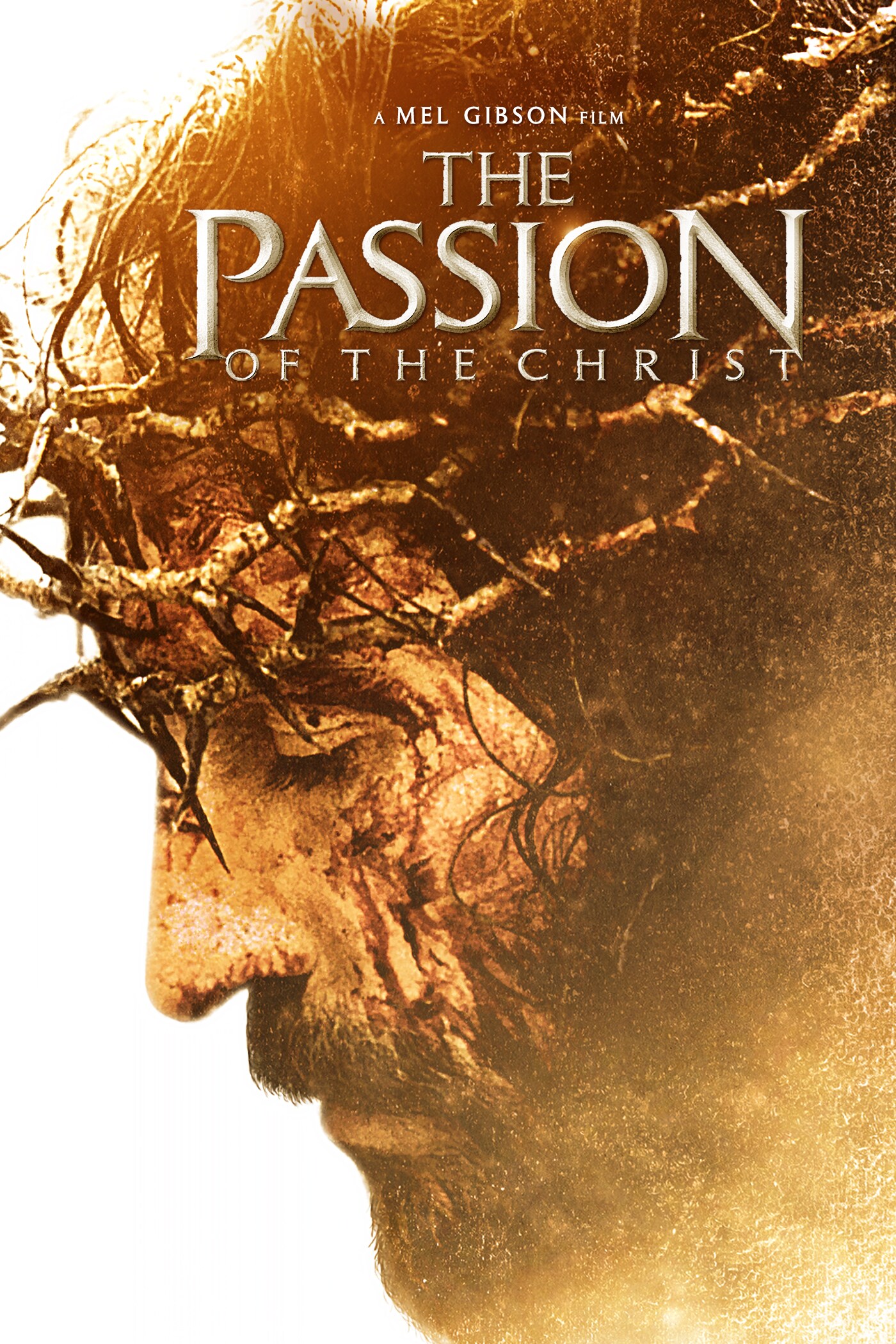Director
Writers
Benedict Fitzgerald
& Mel Gibson
Reviewed by
WARNING-- The Film is violent and not suitable for all audiences.
The Passion of Christ is a graphic film that follows
a composite story line of Jesus’ final hours that includes some extrabiblical traditions
and artistic license. The opening of the film is set in Gethsemane where Jesus
is praying, and his disciples are asleep. Throughout the film, the characters
speak Latin or Aramaic. The film background explains that the Aramaic is a
Syrian version.
Judas has taken 30 pieces of silver from the Temple leaders in
Jerusalem. Judas identifies Jesus with the infamous betrayal kiss. Jesus is
arrested. Peter attempts a defence by cutting off a guard’s ear, but Jesus
insists on putting down the sword and heals the man’s ear. John runs off to
tell Jesus’ mother Mary and Mary Magdalene about the arrest.
Jesus is presented to Caiaphas the high priest who accuses
Jesus of blasphemy when Jesus affirms he is the Son of God. Peter has come along
but is at a distance. When challenged about being a follower, Peter denies
Jesus three times.
Judas appears overcome with guilt and tries to return the
silver. He is tormented by demon children and hangs himself.
The high priest and others bring Jesus before Pontius
Pilate, the governor of Judea. Pilate finds no reason to condemn Jesus and
appears worried by his wife’s dream warning against condemning Jesus. Pilate
sends Jesus off to King Herod who rules over Jesus’ home district. Herod
interrogates Jesus and returns him to Pilate.
Pilate attempts to free Jesus. He tries to offer the crowd a
choice of taking one prisoner—Jesus or Barabbas. The crowd follows the lead of
the religious leaders and calls for Barabbas. Trapped, Pilate orders Jesus to be scourged.
The Romans appear to specialize in, and take delight in, mocking and whipping
Jesus. He is severely bloodied and beaten almost to death. The crowd insists on
crucifixion. Pilate washes his hands in a bowl of water and Jesus is led away
to carry a cross.
People follow Jesus as he travels the long path to Golgotha,
the hill where he will be crucified. Along the way, the woman known in
tradition as Veronica wipes his face. Jesus is constantly beaten by the Romans
and becomes too weak to carry his cross. Simon of Cyrene is pressed into reluctant
service to manage the traditional large wooden cross.
The brutal ordeal continues as Jesus is nailed to the cross
and hoisted into place. He is mocked by one criminal in contrast to the other
one who asks Jesus to remember him and receives the promise of entering
Paradise.
As time progresses, Jesus utters his final words including a
prayer to God to forgive those who are taking his life. One artistic drop of
water falls from heaven followed by a powerful earthquake that destroys the
Temple. Caiaphas appears terrified. The Satan is defeated.
True to the story, the Romans on Golgotha break the legs of
the two criminals but leave Jesus legs intact as he appears dead. A spear is
thrust into his side as if to make sure he is dead. Jesus is taken down and his
mother weeps.
The film closes as Jesus gets up and leaves the tomb. You
can see the wounds in his hands, side, and feet.
**********
The presentation of the story is a close retelling of the
traditional Catholic version of the passion story in a physical context that
adds a considerable degree of realism. The clothing and props along with the
ancient languages adds an other-worldliness amplified by the Satan and demonic.
The brutality is beyond belief to my modern mind. That is,
it is hard to believe a man could take so much abuse and still walk up a hill
to be crucified let alone carry a cross. The incredible duration and intensity
of the violent bloody torture makes the film difficult to endure and calls for
strong advice to adults who wish to avoid a potentially disturbing or even traumatic experience. It is unquestionably not suitable for children.
I found the whole presentation evoking disgust because of
the violence. I was ready for it to be over. But perhaps that’s the point. Jesus risked everything when he challenged the way local leaders burdened the poor and cared more about religious rules than the needs of the people.
After watching the film more than once, I read Roger
Ebert’s review. He quotes reviewer David Ansen’s feeling of being abused
rather than moved by the portrayal of Jesus suffering. Indeed, it is difficult
to feel empathy when the visual experience is so-in-the-face bloody violent.
However, in retrospect, after the ordeal has passed, the
disturbing presentation caused me to look back on the Easter story and feel
more empathy for the Jesus of the gospels and those who suffer in places where
religious expression is stifled by the threat of violence. Too often Jesus is dehumanized by Christians who seem to overlook his life as a flesh and blood Jewish man.
Unlike so much of scripture, which is best interpreted as
metaphor, or viewed through a lens of ancient understandings of history and
science, the passion story in the gospels portrayed in The Passion of the
Christ jarred me into recognising that sometimes a literal reading of the
old texts can be justified.
I suppose one could say, The Passion of the Christ is violence with a purpose.
and see my books on AMAZON or GOOGLE
STORE
Also,
consider connecting with me on FACEBOOK Geoff W. Sutton
TWITTER @Geoff.W.Sutton
You can read many published articles at no charge:
Academia Geoff W Sutton ResearchGate
Geoffrey
W Sutton

Comments
Post a Comment